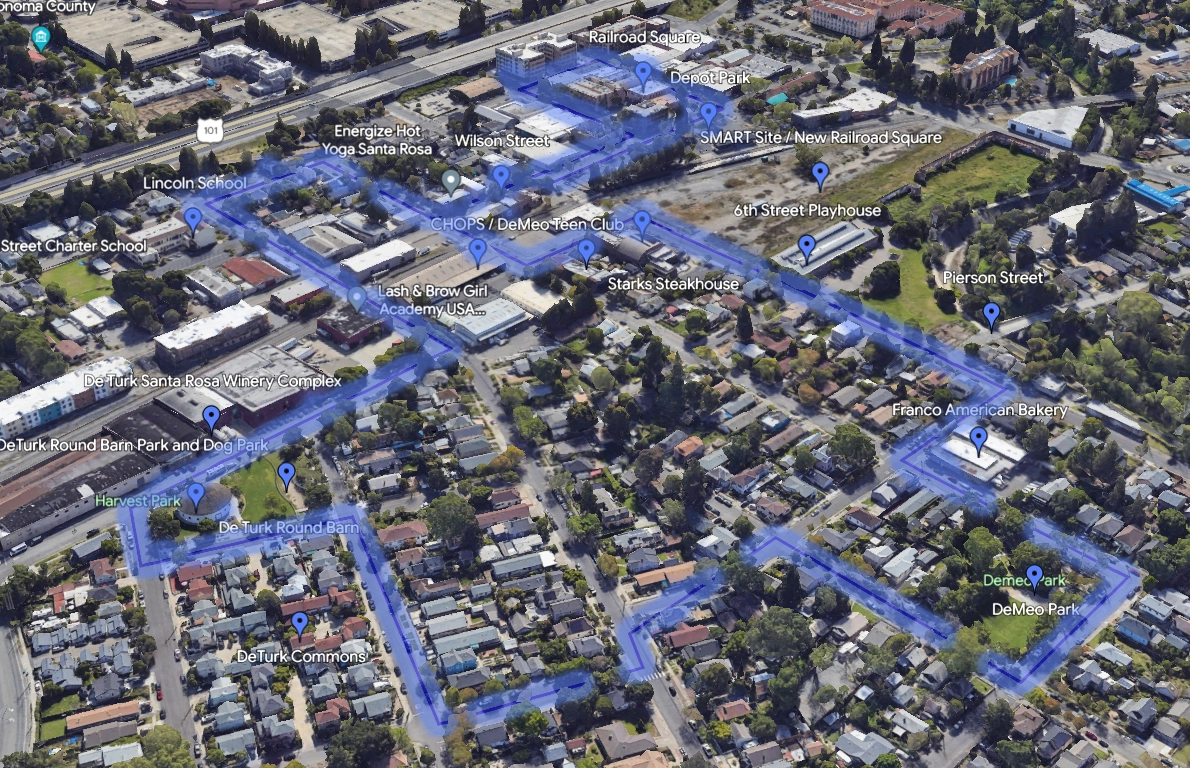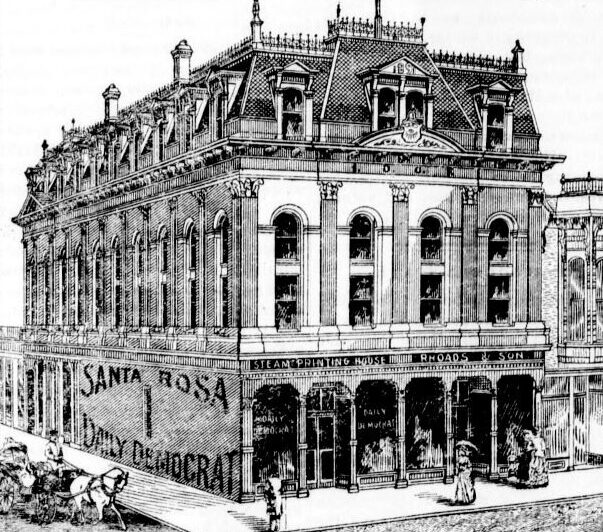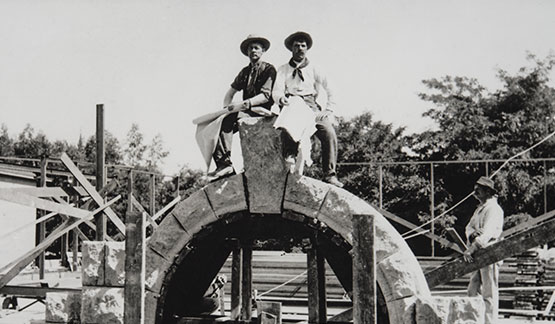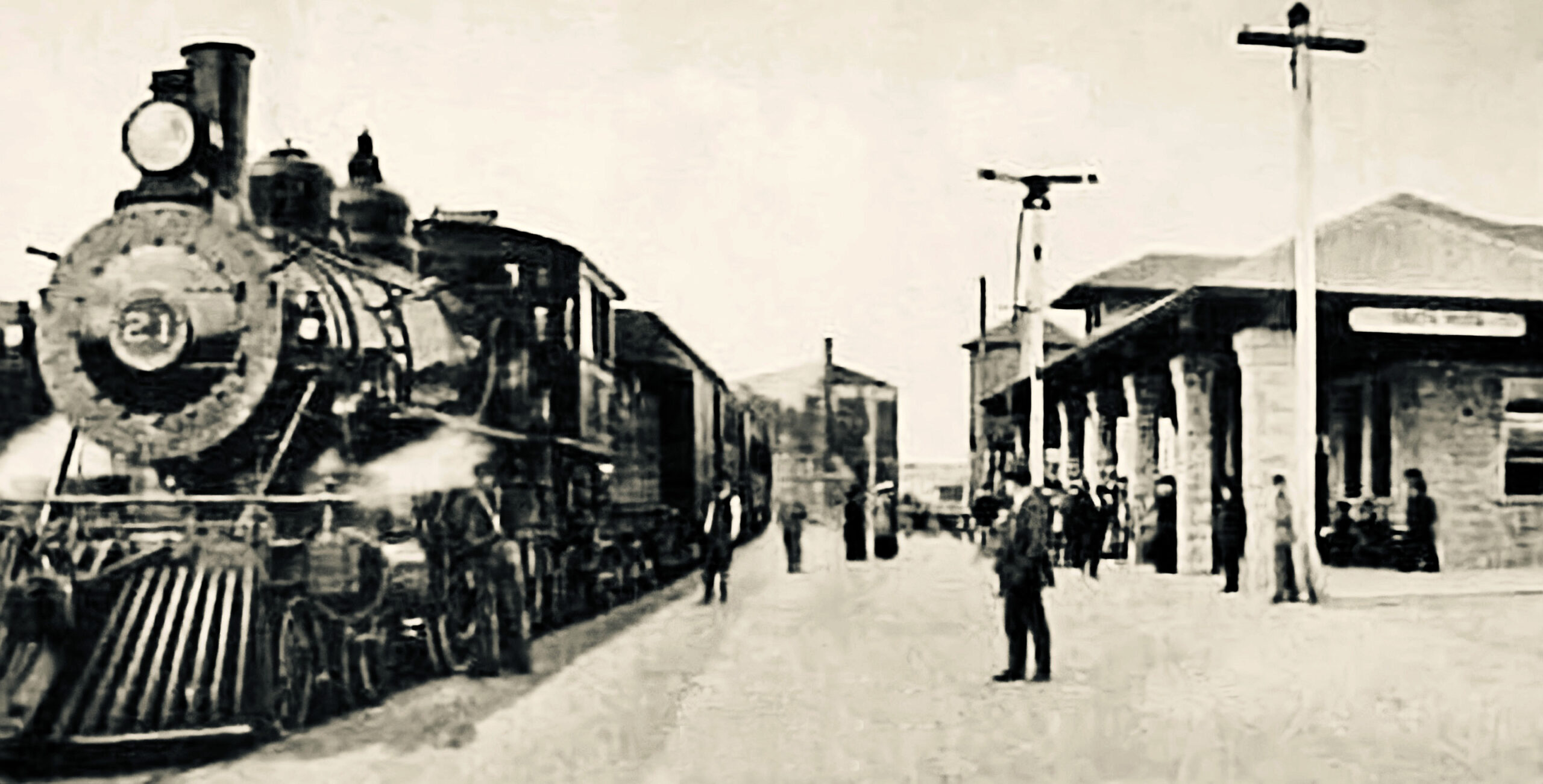Local Resources
The City of Santa Rosa has a very informative website.
A few highlights that could be useful for our neighbors:
Neighborhoods, Preservation,
and Green Living
“We must realize that any solution to climate change must include the continued use and retrofit of our existing buildings.That’s where historic preservation can play a significant role. Retention and reuse of older buildings is an effective tool for responsible, sustainable stewardship of natural resources, including those that have already been expended.”
~Richard Moe, President of the National Trust for Historic Preservation
Recreation, Entertainment, and Fun
A great benefit to downtown living
-West End Residents can walk or ride their bikes to so many things!
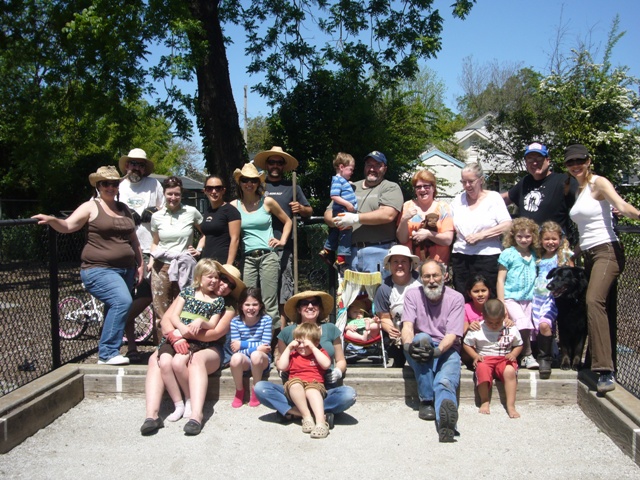
2.48mi
Of Homes, Businesses, and Parks in a lap
1900+
Neighbors to Connect with, if you so choose
600+
Homes comprise our Neighborhood
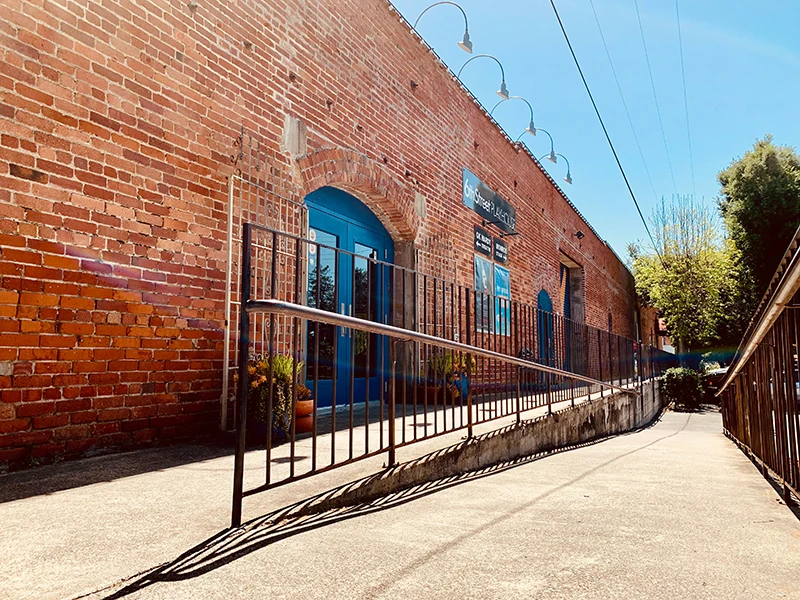
All The World’s a Stage
The vision of 6th Street Playhouse is to be the premiere North Bay destination for compelling theatre and creative excellence, engaging a community of dedicated artists, patrons, and educators.
Connect. Engage. Discover.
Providing a safe, fun and productive place where Sonoma County teens engage, connect and discover their true potential and that has not changed as we adjust to today’s new normal
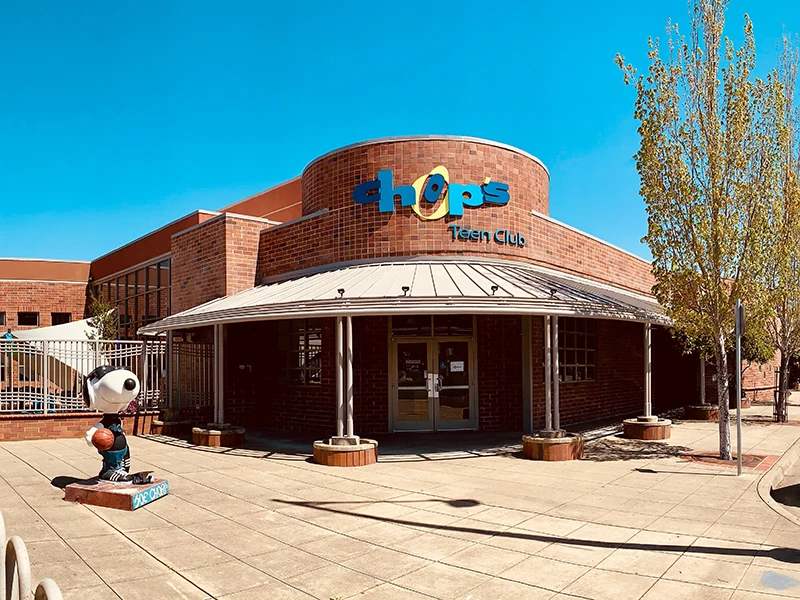
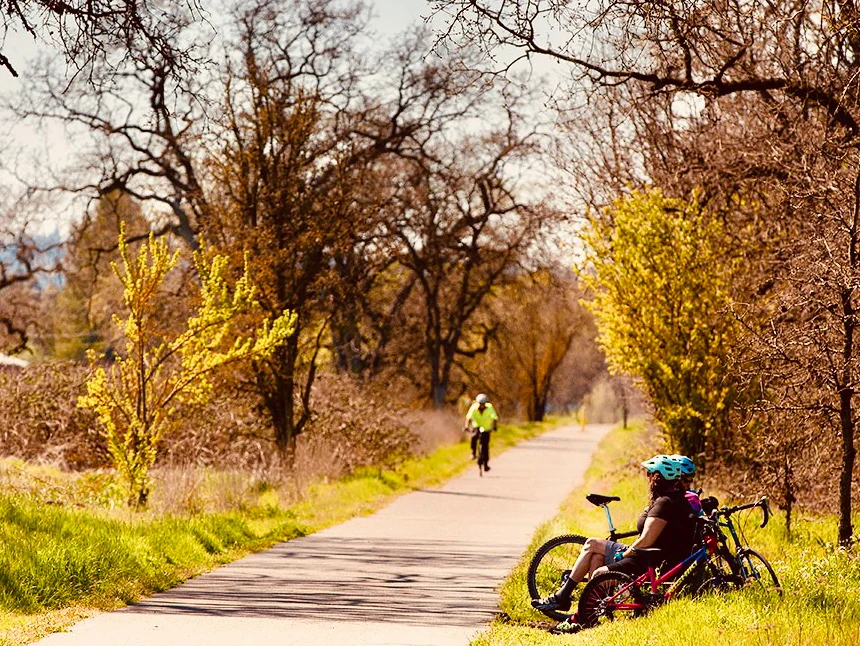
Take a Hike
Offering views of farmland, the Laguna de Santa Rosa, and surrounding mountains. The trail is named after Joe Rodota, the first director of Sonoma County Regional Parks.
An Urban Oasis
Using the historic building materials, including stone, cast iron, steel and wood, the creek has been transformed into a series of terraces with landscaping, trails, plazas and public art.
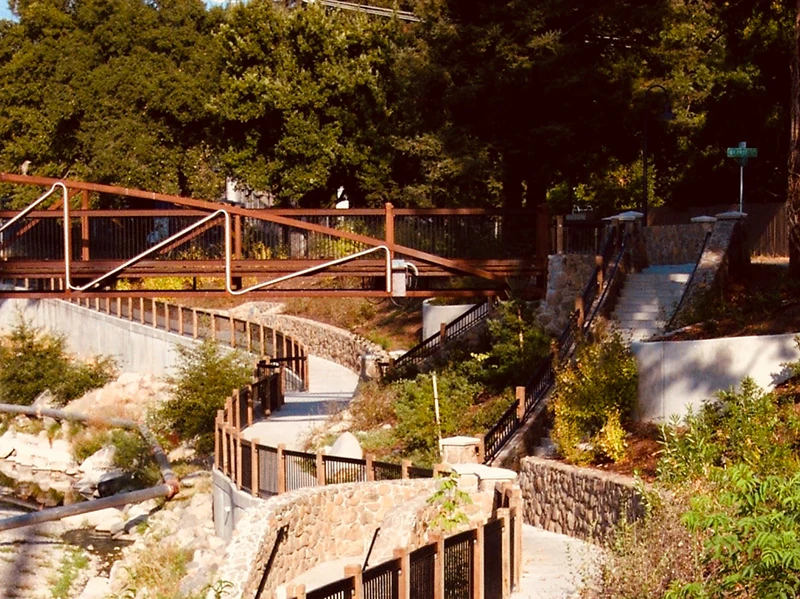
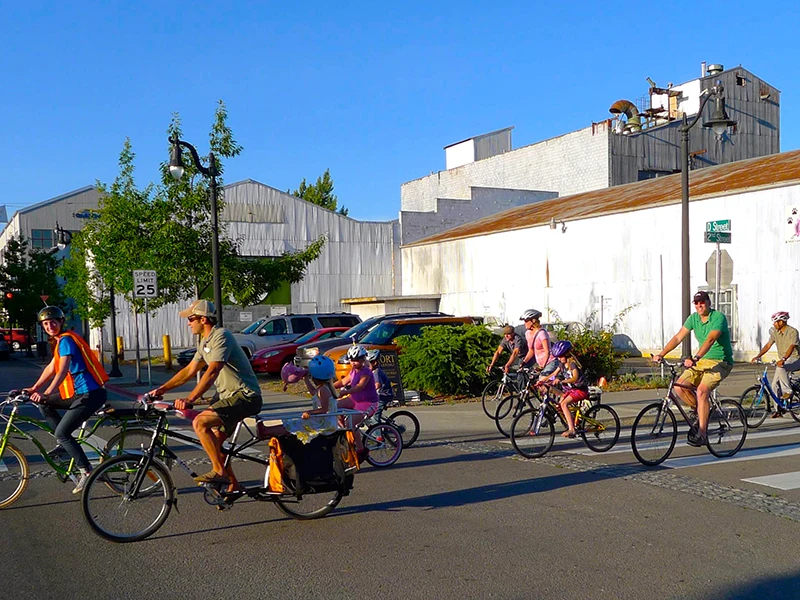
Ride Like the Wind
Promoting healthy and safe riding for everyone, through advocacy and education, and envisioning it becoming an everyday activity for transportation, recreation and exercise throughout Sonoma County.
World-Renowned Horticulturist
Welcome to the official Home, Greenhouse, and Gardens where world-renowned horticulturist, Luther Burbank, lived and experimented with plants for most of his 50-year career.
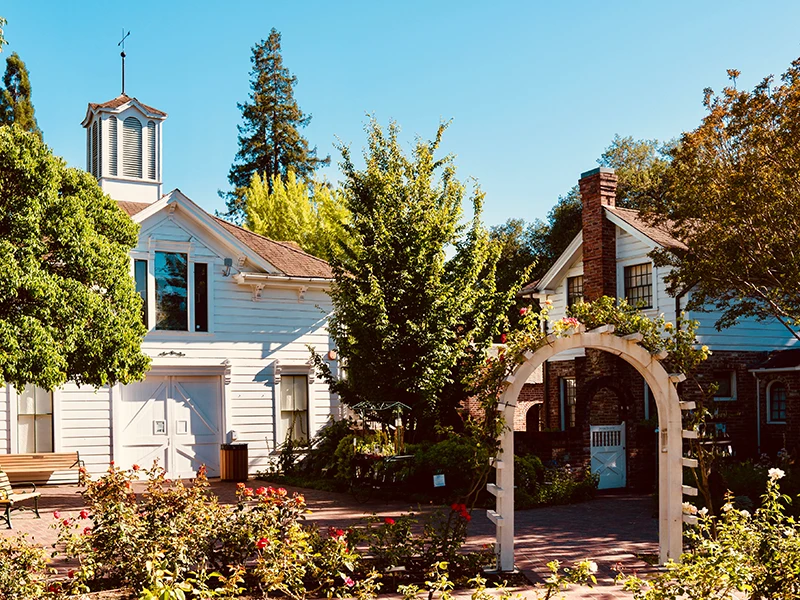
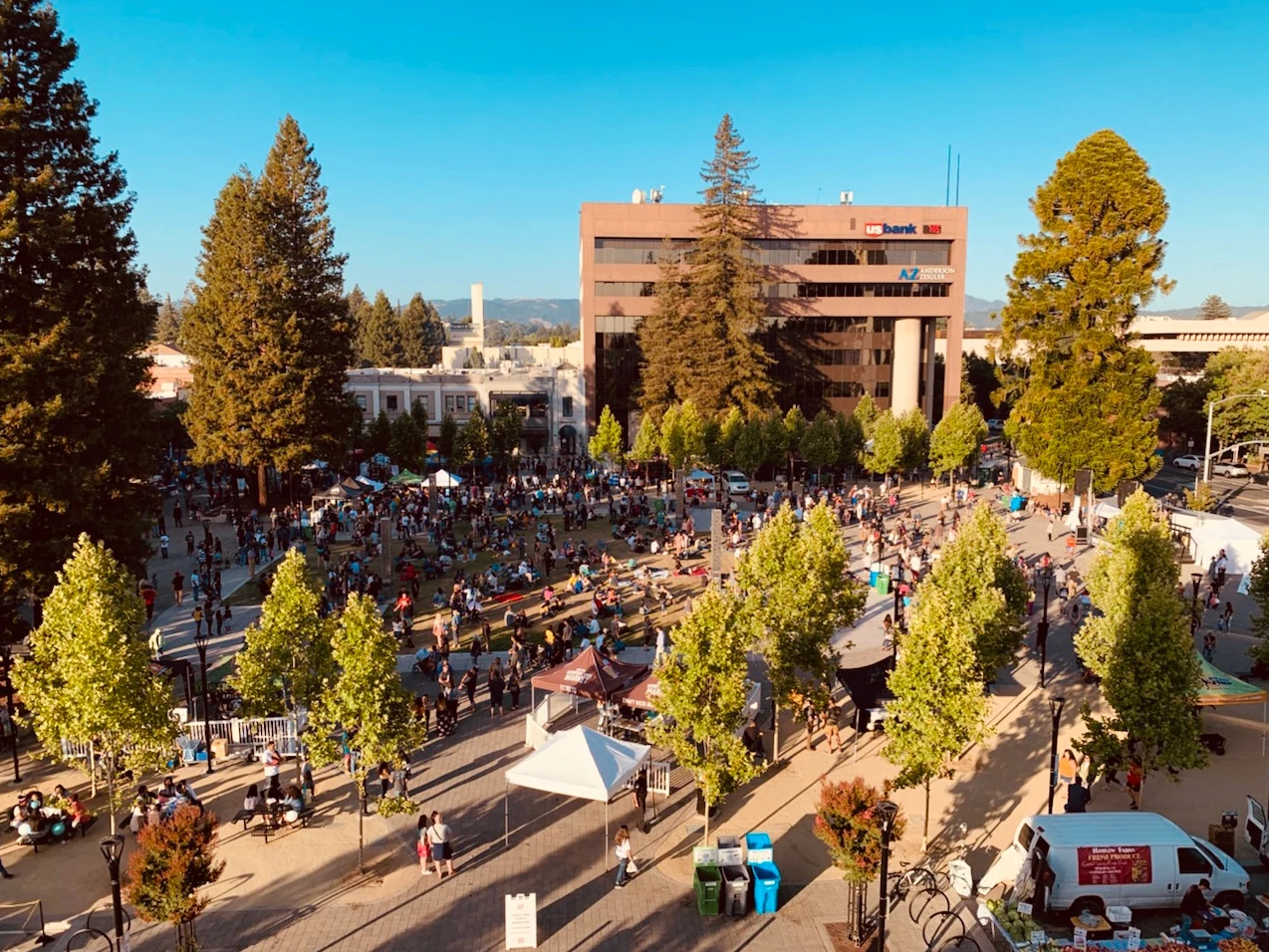
Support And Celebrate Our Community
The Market is produced by a non-profit group of local leaders and volunteers who give their time to make it all happen for our community every Wednesday night.
Discover. Learn. Share.
Nationally known for innovation and locally for our connection to our residents and communities. We’re a local hub where learning, the arts, technology, and people come together to discover, learn, and share.
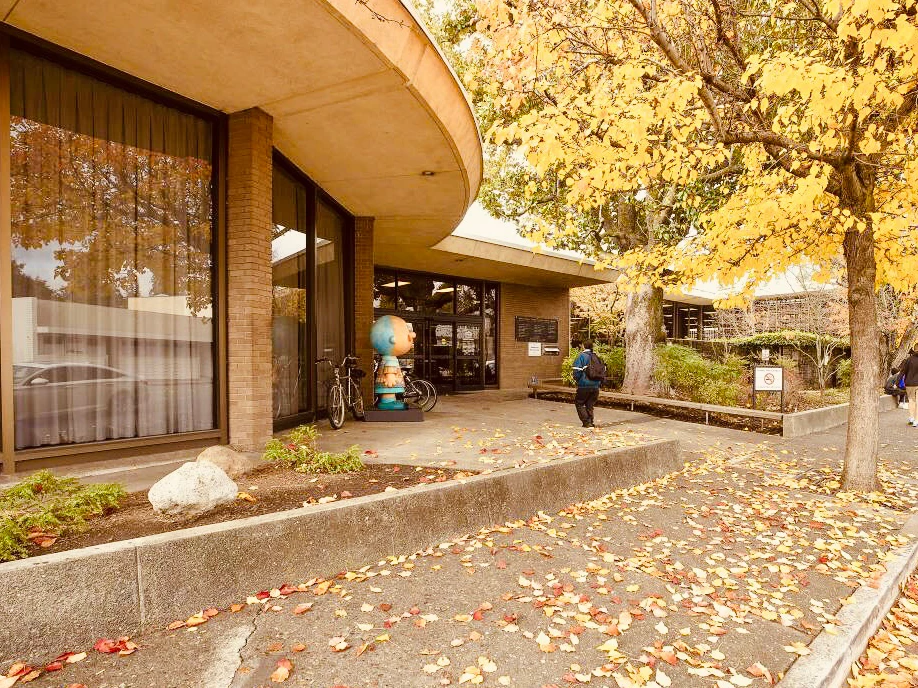
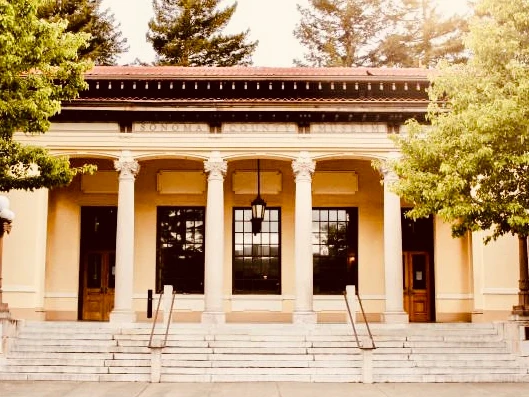
Experience Regional History and Contemporary Art
The Museum of Sonoma County (MSC) engages and inspires our diverse community with art and history exhibitions, collections, and public programs that are inclusive, educational, and relevant.
Santa Rosa ranks among the ‘most fun places to live in US’
“Santa Rosa is more fun than both Chicago and New York, according to U.S. News & World Report.
The city was ranked 10th on the publication’s list of ’30 Most Fun Places to Live in the U.S,’ while Chicago ranked 14th and New York City was 24th.
‘It’s no surprise that the heart of California wine country is one of the Most Fun Places to Live – and one of best places to find a great restaurant,’ the list reads.”
The Press Democrat, November 5th, 2021
What Happens When I Call 911 in Santa Rosa?
Before you call – ask yourself if 911 is the appropriate number. 911 should only be used for true emergencies when immediate action is required.
Examples:
- A serious medical problem (bleeding, chest pain, seizure, vehicle accident, etc.)
- A life threatening situation (person with a weapon, a physical fight, credible in-person threats, etc.)
- Fire
- A crime in progress
If your issue doesn’t fit this kind of serious criteria, you can use Santa Rosa Police Department’s Non-Emergency number: 707-528-5222. The call goes to the same Dispatch Center as a 911 call, but is handled slightly differently.
- TIP: Program this number in your cell phone now, before you need it.
Programming “911” into your phone is not recommended due to the number of “pocket dials” that can result from this practice.
If you call the Non-Emergency number when there’s a high volume of calls, you might be asked if you are reporting an emergency. If you say “no” you may be asked to hold – if so, please be patient. Dispatchers are skilled at triaging calls when necessary. If you are on hold and the situation you are reporting becomes dire, you can hang up and call 911.
When a 911 call is received, many things happen automatically in the Computer Aided Dispatch (CAD) system:
- Information based on the caller’s phone number is instantly retrieved from a nation-wide database and automatically entered in a record about the call.
- If the call is from a land line, the address and name associated with the number is recorded.
- Don’t depend on your cell phone to tell the 9-1-1 dispatcher where you are. A call from a cell phone will include an estimated location, which may not be completely accurate depending on a number of factors.
- A cell phone call is triangulated from surrounding cell towers and you may be routed to a dispatch center other than the one you expect. For example, if you are on (or very close to) a highway your call may go to the CHP dispatch center located in Vallejo. Location technology has improved significantly over time, but the issue still exists. Cell phone locations are also tricky because you can be in a moving vehicle, so the coordinates entered at the beginning of the call are not valid for long.
At this point you haven’t said a word, but all this information is already recorded in CAD.
The dispatcher will say something like “911 – what is your emergency?” Your goal and the dispatcher’s goal are the same: to get appropriate help to the situation ASAP.
- Do your best to stay calm and state what is happening.
- If you are calling from a cell phone, provide location information:
- An address (if you know it)
- The street you are on and a cross street (if available)
- The name of a business or local landmark
- The dispatcher enters information into CAD as you speak.
- CAD is programmed with hundreds of types of “events” and the information the dispatcher enters automatically categorizes the type of response required.
- If you are reporting a fire or medical emergency, you will be transferred to a dispatch center that specializes in these situations.
The dispatcher will ask questions.
- If you have described a high priority situation and provided location information, CAD has already sent alerts with details to police, fire or emergency medical units as needed.
- Responders do NOT wait for all the information the dispatcher is requesting.
- The questions being asked may not make sense to you – that’s okay! Answer as accurately and briefly as you can. Try to keep in mind that dispatchers deal with emergencies every day, and the questions they ask have a purpose.
So what happens if you call 911 and don’t say anything?
- The Dispatcher will go on high alert, listening to background sounds to try to determine if the call is a ‘pocket-dial’ or a legitimate emergency.
- If you accidentally dial 911, do not hang up!
- Explain to the dispatcher that you called by mistake.
- If you hang up, the dispatcher is required to call you back.
- If you don’t answer that return call, the dispatcher may send police to your home.
“Call If You Can, Text If You Can’t”
- Texting 911 is not the most efficient way to report an emergency and should be limited to these type of situations:
- Deaf, hard of hearing callers, or individuals with a speech disability
- The caller is unable to speak due to a medical issue or other condition
- If speaking out loud would put the caller in danger, such as a home invasion, abduction, domestic violence incident, or an active-shooter scenario.
- Tips on texting 9-1-1 in an emergency:
- Include clear information about the location (including city) of the emergency with the type of help needed (police, fire, or medical) in the first text message sent to 911. Emergency personnel cannot always determine your location.
- Be prepared to answer questions and follow instructions from the dispatcher.
- Text messages should be brief, easily understood, and should not contain abbreviations, emojis, or slang.
- Stay on the line until the dispatcher closes the dialog, if it is safe to do so.
- You cannot include 9-1-1 in a group text or while roaming.
- Don’t forget to silence your phone if you don’t want to be heard.
- Do not text and drive
- The system cannot receive photos and videos at this time.
A few words about dispatchers:
- They are:
- …the FIRST “first responders” and don’t often get the credit they deserve.
- …instrumental in saving lives and getting help to you swiftly.
- …highly trained professionals who have to memorize a LOT of information.
- They tend to be people who are service oriented and caring.
- They strive to remain calm and effective in a highly stressful environment.
- They don’t always know the outcome of a call they answered, and that can be emotionally difficult.
- Sometimes, they even deliver babies over the phone!
- They are NOT “operators”. Before the days of automated phone trees, operators used to route calls within an organization. Being an operator didn’t take a tremendous amount of skill – being a dispatcher does.
Local Resources
The City of Santa Rosa has a very informative website.
A few highlights that could be useful for our neighbors:
Neighborhoods, Preservation,
and Green Living
“We must realize that any solution to climate change must include the continued use and retrofit of our existing buildings.That’s where historic preservation can play a significant role. Retention and reuse of older buildings is an effective tool for responsible, sustainable stewardship of natural resources, including those that have already been expended.”
~Richard Moe, President of the National Trust for Historic Preservation
Recreation, Entertainment, and Fun
A great benefit to downtown living
-West End Residents can walk or ride their bikes to so many things!

2.48mi
Of Homes, Businesses, and Parks in a lap
1900+
Neighbors to Connect with, if you so choose
600+
Homes comprise our Neighborhood

All The World’s a Stage
The vision of 6th Street Playhouse is to be the premiere North Bay destination for compelling theatre and creative excellence, engaging a community of dedicated artists, patrons, and educators.
Connect. Engage. Discover.
Providing a safe, fun and productive place where Sonoma County teens engage, connect and discover their true potential and that has not changed as we adjust to today’s new normal


Take a Hike
Offering views of farmland, the Laguna de Santa Rosa, and surrounding mountains. The trail is named after Joe Rodota, the first director of Sonoma County Regional Parks.
An Urban Oasis
Using the historic building materials, including stone, cast iron, steel and wood, the creek has been transformed into a series of terraces with landscaping, trails, plazas and public art.


Ride Like the Wind
Promoting healthy and safe riding for everyone, through advocacy and education, and envisioning it becoming an everyday activity for transportation, recreation and exercise throughout Sonoma County.
World-Renowned Horticulturist
Welcome to the official Home, Greenhouse, and Gardens where world-renowned horticulturist, Luther Burbank, lived and experimented with plants for most of his 50-year career.


Support And Celebrate Our Community
The Market is produced by a non-profit group of local leaders and volunteers who give their time to make it all happen for our community every Wednesday night.
Discover. Learn. Share.
Nationally known for innovation and locally for our connection to our residents and communities. We’re a local hub where learning, the arts, technology, and people come together to discover, learn, and share.


Experience Regional History and Contemporary Art
The Museum of Sonoma County (MSC) engages and inspires our diverse community with art and history exhibitions, collections, and public programs that are inclusive, educational, and relevant.
Santa Rosa ranks among the ‘most fun places to live in US’
“Santa Rosa is more fun than both Chicago and New York, according to U.S. News & World Report.
The city was ranked 10th on the publication’s list of ’30 Most Fun Places to Live in the U.S,’ while Chicago ranked 14th and New York City was 24th.
‘It’s no surprise that the heart of California wine country is one of the Most Fun Places to Live – and one of best places to find a great restaurant,’ the list reads.”
The Press Democrat, November 5th, 2021
What Happens When I Call 911 in Santa Rosa?
Before you call – ask yourself if 911 is the appropriate number. 911 should only be used for true emergencies when immediate action is required.
Examples:
- A serious medical problem (bleeding, chest pain, seizure, vehicle accident, etc.)
- A life threatening situation (person with a weapon, a physical fight, credible in-person threats, etc.)
- Fire
- A crime in progress
If your issue doesn’t fit this kind of serious criteria, you can use Santa Rosa Police Department’s Non-Emergency number: 707-528-5222. The call goes to the same Dispatch Center as a 911 call, but is handled slightly differently.
- TIP: Program this number in your cell phone now, before you need it.
Programming “911” into your phone is not recommended due to the number of “pocket dials” that can result from this practice.
If you call the Non-Emergency number when there’s a high volume of calls, you might be asked if you are reporting an emergency. If you say “no” you may be asked to hold – if so, please be patient. Dispatchers are skilled at triaging calls when necessary. If you are on hold and the situation you are reporting becomes dire, you can hang up and call 911.
When a 911 call is received, many things happen automatically in the Computer Aided Dispatch (CAD) system:
- Information based on the caller’s phone number is instantly retrieved from a nation-wide database and automatically entered in a record about the call.
- If the call is from a land line, the address and name associated with the number is recorded.
- Don’t depend on your cell phone to tell the 9-1-1 dispatcher where you are. A call from a cell phone will include an estimated location, which may not be completely accurate depending on a number of factors.
- A cell phone call is triangulated from surrounding cell towers and you may be routed to a dispatch center other than the one you expect. For example, if you are on (or very close to) a highway your call may go to the CHP dispatch center located in Vallejo. Location technology has improved significantly over time, but the issue still exists. Cell phone locations are also tricky because you can be in a moving vehicle, so the coordinates entered at the beginning of the call are not valid for long.
At this point you haven’t said a word, but all this information is already recorded in CAD.
The dispatcher will say something like “911 – what is your emergency?” Your goal and the dispatcher’s goal are the same: to get appropriate help to the situation ASAP.
- Do your best to stay calm and state what is happening.
- If you are calling from a cell phone, provide location information:
- An address (if you know it)
- The street you are on and a cross street (if available)
- The name of a business or local landmark
- The dispatcher enters information into CAD as you speak.
- CAD is programmed with hundreds of types of “events” and the information the dispatcher enters automatically categorizes the type of response required.
- If you are reporting a fire or medical emergency, you will be transferred to a dispatch center that specializes in these situations.
The dispatcher will ask questions.
- If you have described a high priority situation and provided location information, CAD has already sent alerts with details to police, fire or emergency medical units as needed.
- Responders do NOT wait for all the information the dispatcher is requesting.
- The questions being asked may not make sense to you – that’s okay! Answer as accurately and briefly as you can. Try to keep in mind that dispatchers deal with emergencies every day, and the questions they ask have a purpose.
So what happens if you call 911 and don’t say anything?
- The Dispatcher will go on high alert, listening to background sounds to try to determine if the call is a ‘pocket-dial’ or a legitimate emergency.
- If you accidentally dial 911, do not hang up!
- Explain to the dispatcher that you called by mistake.
- If you hang up, the dispatcher is required to call you back.
- If you don’t answer that return call, the dispatcher may send police to your home.
“Call If You Can, Text If You Can’t”
- Texting 911 is not the most efficient way to report an emergency and should be limited to these type of situations:
- Deaf, hard of hearing callers, or individuals with a speech disability
- The caller is unable to speak due to a medical issue or other condition
- If speaking out loud would put the caller in danger, such as a home invasion, abduction, domestic violence incident, or an active-shooter scenario.
- Tips on texting 9-1-1 in an emergency:
- Include clear information about the location (including city) of the emergency with the type of help needed (police, fire, or medical) in the first text message sent to 911. Emergency personnel cannot always determine your location.
- Be prepared to answer questions and follow instructions from the dispatcher.
- Text messages should be brief, easily understood, and should not contain abbreviations, emojis, or slang.
- Stay on the line until the dispatcher closes the dialog, if it is safe to do so.
- You cannot include 9-1-1 in a group text or while roaming.
- Don’t forget to silence your phone if you don’t want to be heard.
- Do not text and drive
- The system cannot receive photos and videos at this time.
A few words about dispatchers:
- They are:
- …the FIRST “first responders” and don’t often get the credit they deserve.
- …instrumental in saving lives and getting help to you swiftly.
- …highly trained professionals who have to memorize a LOT of information.
- They tend to be people who are service oriented and caring.
- They strive to remain calm and effective in a highly stressful environment.
- They don’t always know the outcome of a call they answered, and that can be emotionally difficult.
- Sometimes, they even deliver babies over the phone!
- They are NOT “operators”. Before the days of automated phone trees, operators used to route calls within an organization. Being an operator didn’t take a tremendous amount of skill – being a dispatcher does.
Local Resources
The City of Santa Rosa has a very informative website.
A few highlights that could be useful for our neighbors:
Neighborhoods, Preservation,
and Green Living
“We must realize that any solution to climate change must include the continued use and retrofit of our existing buildings.That’s where historic preservation can play a significant role. Retention and reuse of older buildings is an effective tool for responsible, sustainable stewardship of natural resources, including those that have already been expended.”
~Richard Moe, President of the National Trust for Historic Preservation
Recreation, Entertainment, and Fun
A great benefit to downtown living
-West End Residents can walk or ride their bikes to so many things!

2.48mi
Of Homes, Businesses, and Parks in a lap
1900+
Neighbors to Connect with, if you so choose
600+
Homes comprise our Neighborhood

All The World’s a Stage
The vision of 6th Street Playhouse is to be the premiere North Bay destination for compelling theatre and creative excellence, engaging a community of dedicated artists, patrons, and educators.
Connect. Engage. Discover.
Providing a safe, fun and productive place where Sonoma County teens engage, connect and discover their true potential and that has not changed as we adjust to today’s new normal


Take a Hike
Offering views of farmland, the Laguna de Santa Rosa, and surrounding mountains. The trail is named after Joe Rodota, the first director of Sonoma County Regional Parks.
An Urban Oasis
Using the historic building materials, including stone, cast iron, steel and wood, the creek has been transformed into a series of terraces with landscaping, trails, plazas and public art.


Ride Like the Wind
Promoting healthy and safe riding for everyone, through advocacy and education, and envisioning it becoming an everyday activity for transportation, recreation and exercise throughout Sonoma County.
World-Renowned Horticulturist
Welcome to the official Home, Greenhouse, and Gardens where world-renowned horticulturist, Luther Burbank, lived and experimented with plants for most of his 50-year career.


Support And Celebrate Our Community
The Market is produced by a non-profit group of local leaders and volunteers who give their time to make it all happen for our community every Wednesday night.
Discover. Learn. Share.
Nationally known for innovation and locally for our connection to our residents and communities. We’re a local hub where learning, the arts, technology, and people come together to discover, learn, and share.


Experience Regional History and Contemporary Art
The Museum of Sonoma County (MSC) engages and inspires our diverse community with art and history exhibitions, collections, and public programs that are inclusive, educational, and relevant.
Santa Rosa
ranks among the ‘most fun places to live in US’
“Santa Rosa is more fun than both Chicago and New York, according to U.S. News & World Report.
The city was ranked 10th on the publication’s list of ’30 Most Fun Places to Live in the U.S,’ while Chicago ranked 14th and New York City was 24th.
‘It’s no surprise that the heart of California wine country is one of the Most Fun Places to Live – and one of best places to find a great restaurant,’ the list reads.”
The Press Democrat, November 5th, 2021
What Happens When I Call 911 in Santa Rosa?
Before you call – ask yourself if 911 is the appropriate number. 911 should only be used for true emergencies when immediate action is required.
Examples:
- A serious medical problem (bleeding, chest pain, seizure, vehicle accident, etc.)
- A life threatening situation (person with a weapon, a physical fight, credible in-person threats, etc.)
- Fire
- A crime in progress
If your issue doesn’t fit this kind of serious criteria, you can use Santa Rosa Police Department’s Non-Emergency number: 707-528-5222. The call goes to the same Dispatch Center as a 911 call, but is handled slightly differently.
- TIP: Program this number in your cell phone now, before you need it.
Programming “911” into your phone is not recommended due to the number of “pocket dials” that can result from this practice.
If you call the Non-Emergency number when there’s a high volume of calls, you might be asked if you are reporting an emergency. If you say “no” you may be asked to hold – if so, please be patient. Dispatchers are skilled at triaging calls when necessary. If you are on hold and the situation you are reporting becomes dire, you can hang up and call 911.
When a 911 call is received, many things happen automatically in the Computer Aided Dispatch (CAD) system:
- Information based on the caller’s phone number is instantly retrieved from a nation-wide database and automatically entered in a record about the call.
- If the call is from a land line, the address and name associated with the number is recorded.
- Don’t depend on your cell phone to tell the 9-1-1 dispatcher where you are. A call from a cell phone will include an estimated location, which may not be completely accurate depending on a number of factors.
- A cell phone call is triangulated from surrounding cell towers and you may be routed to a dispatch center other than the one you expect. For example, if you are on (or very close to) a highway your call may go to the CHP dispatch center located in Vallejo. Location technology has improved significantly over time, but the issue still exists. Cell phone locations are also tricky because you can be in a moving vehicle, so the coordinates entered at the beginning of the call are not valid for long.
At this point you haven’t said a word, but all this information is already recorded in CAD.
The dispatcher will say something like “911 – what is your emergency?” Your goal and the dispatcher’s goal are the same: to get appropriate help to the situation ASAP.
- Do your best to stay calm and state what is happening.
- If you are calling from a cell phone, provide location information:
- An address (if you know it)
- The street you are on and a cross street (if available)
- The name of a business or local landmark
- The dispatcher enters information into CAD as you speak.
- CAD is programmed with hundreds of types of “events” and the information the dispatcher enters automatically categorizes the type of response required.
- If you are reporting a fire or medical emergency, you will be transferred to a dispatch center that specializes in these situations.
The dispatcher will ask questions.
- If you have described a high priority situation and provided location information, CAD has already sent alerts with details to police, fire or emergency medical units as needed.
- Responders do NOT wait for all the information the dispatcher is requesting.
- The questions being asked may not make sense to you – that’s okay! Answer as accurately and briefly as you can. Try to keep in mind that dispatchers deal with emergencies every day, and the questions they ask have a purpose.
So what happens if you call 911 and don’t say anything?
- The Dispatcher will go on high alert, listening to background sounds to try to determine if the call is a ‘pocket-dial’ or a legitimate emergency.
- If you accidentally dial 911, do not hang up!
- Explain to the dispatcher that you called by mistake.
- If you hang up, the dispatcher is required to call you back.
- If you don’t answer that return call, the dispatcher may send police to your home.
“Call If You Can, Text If You Can’t”
- Texting 911 is not the most efficient way to report an emergency and should be limited to these type of situations:
- Deaf, hard of hearing callers, or individuals with a speech disability
- The caller is unable to speak due to a medical issue or other condition
- If speaking out loud would put the caller in danger, such as a home invasion, abduction, domestic violence incident, or an active-shooter scenario.
- Tips on texting 9-1-1 in an emergency:
- Include clear information about the location (including city) of the emergency with the type of help needed (police, fire, or medical) in the first text message sent to 911. Emergency personnel cannot always determine your location.
- Be prepared to answer questions and follow instructions from the dispatcher.
- Text messages should be brief, easily understood, and should not contain abbreviations, emojis, or slang.
- Stay on the line until the dispatcher closes the dialog, if it is safe to do so.
- You cannot include 9-1-1 in a group text or while roaming.
- Don’t forget to silence your phone if you don’t want to be heard.
- Do not text and drive
- The system cannot receive photos and videos at this time.
A few words about dispatchers:
- They are:
- …the FIRST “first responders” and don’t often get the credit they deserve.
- …instrumental in saving lives and getting help to you swiftly.
- …highly trained professionals who have to memorize a LOT of information.
- They tend to be people who are service oriented and caring.
- They strive to remain calm and effective in a highly stressful environment.
- They don’t always know the outcome of a call they answered, and that can be emotionally difficult.
- Sometimes, they even deliver babies over the phone!
- They are NOT “operators”. Before the days of automated phone trees, operators used to route calls within an organization. Being an operator didn’t take a tremendous amount of skill – being a dispatcher does.
